CAPSTONE DESIGN PARTICIPANTS

Yujun Liu

Rachel Tao

Shannon Tsai
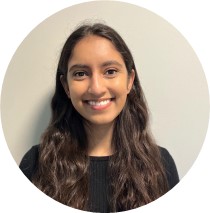
Khalisa Valani
AltTerra: An Alternative Material for Applications in Single-Use Plastics
7
The accumulation of single-use plastic bags in the environment has motivated the development of alternative biodegradable and compostable materials to replace traditional non-degradable plastics. While these alternative materials are more sustainable, they face issues such as high cost, insufficient degradation rates, and poor mechanical properties. A promising solution to this problem is the formulation of ternary blends, which leverage the complementary properties of three polymers to create a material with customized characteristics. Our project seeks to use this technique to develop a sustainable material that is low-cost, strong, flexible, and compostable for applications in single-use plastic bags.
Consultant: Eric Prouzet
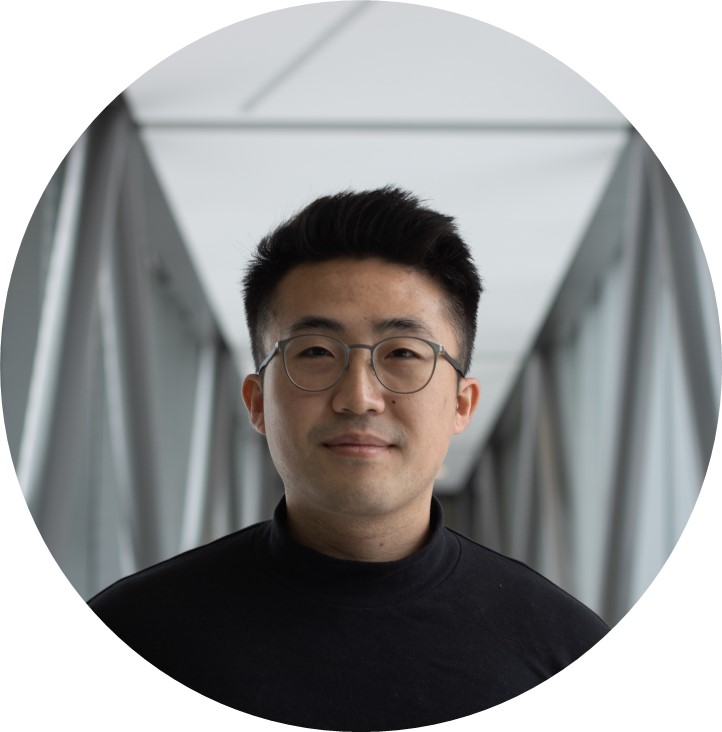
Kaho Wong
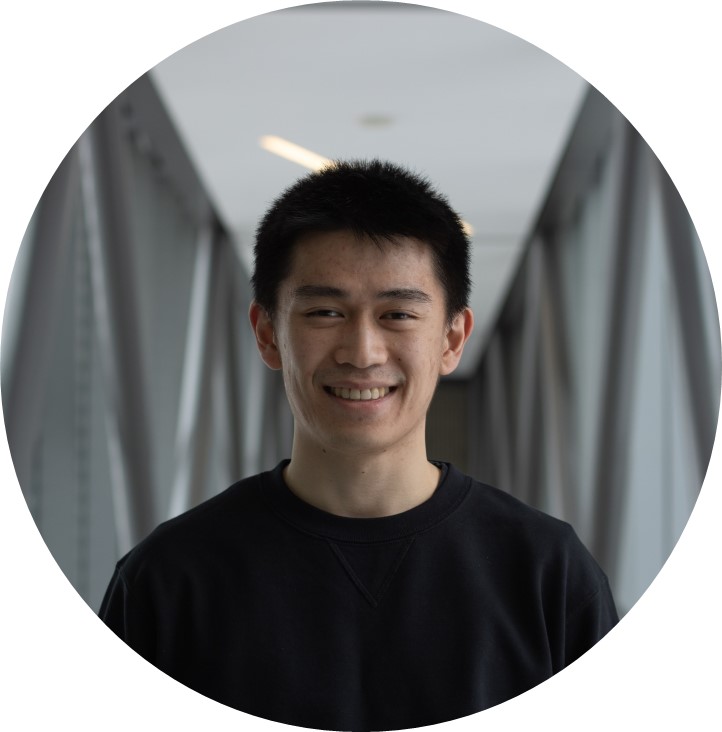
Kevin An
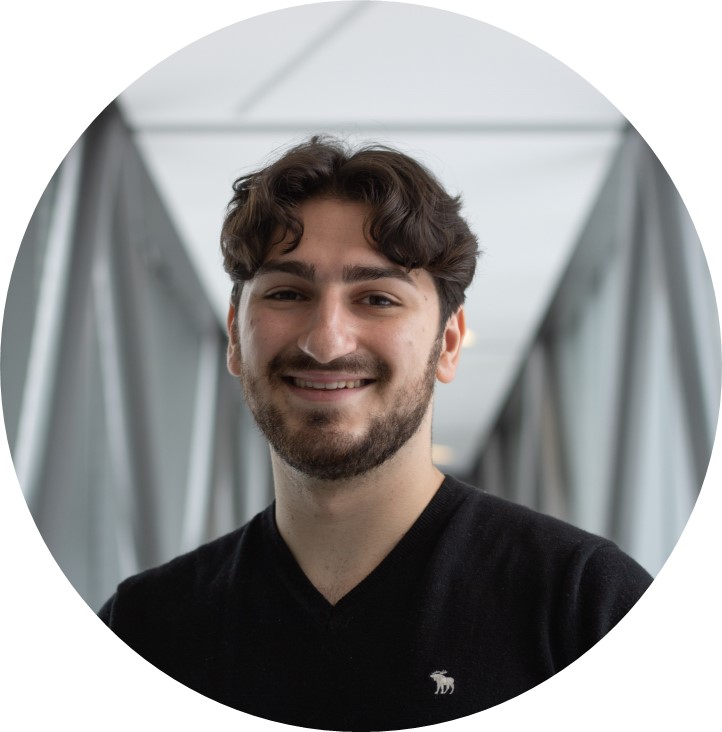
Michael Pepe

Prakriti Somani
2 Cubed: Flexible Supercapacitors for Continuous Glucose Monitoring Devices
8
Continuous glucose monitoring (CGM) devices are wearable electronics that measure human blood glucose levels. A reliable power supply to a CGM device is essential to ensure effective medical feedback. We demonstrate an all-solid-state supercapacitor that aims to replace the battery. While supercapacitors are more reliable than batteries, they come at the cost of a lower energy capacity. To mitigate this, we designed a tunable graphene film as the supercapacitor electrode that allows us to tailor the pore size to that of electrolyte ions, leading to efficient charge storage. As a result, the energy capacity of our supercapacitor design is largely increased.
Consultant: Dr. Aiping Yu
Sponsor: Engineer of the Future Fund
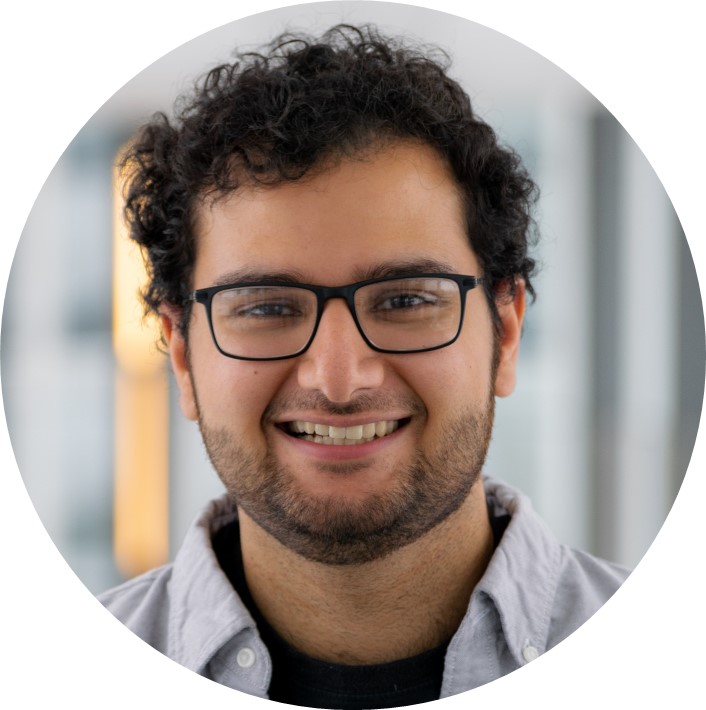
Danish Baig

Sathursan Kokilathasan

Jason Lee

Sahad Vasanji
Fine Pitch Nanowire Anisotropically Conductive Film for Display Electronics
9
In-display electronics, anisotropically conductive film (ACF) is used to connect the display panels with electronic circuits. As the industry pushes towards higher resolution devices, there is a need for ACFs with finer spaced interconnections. However, since traditional ACFs are limited by the conductive material used in the film, we have developed a novel nanowire-based ACF (NW-ACF) that can achieve finer pitches while maintaining electrical and structural properties. To fabricate the NW-ACF, we implemented a scalable bottom-up approach in which the nanowires are vertically grown and are then encapsulated in an insulating polymer to create a thin film.
Consultant: William Wong
Sponsor: Giga-to-Nanoelectronics (G2N), Engineer of the Future Fund (EOFF)
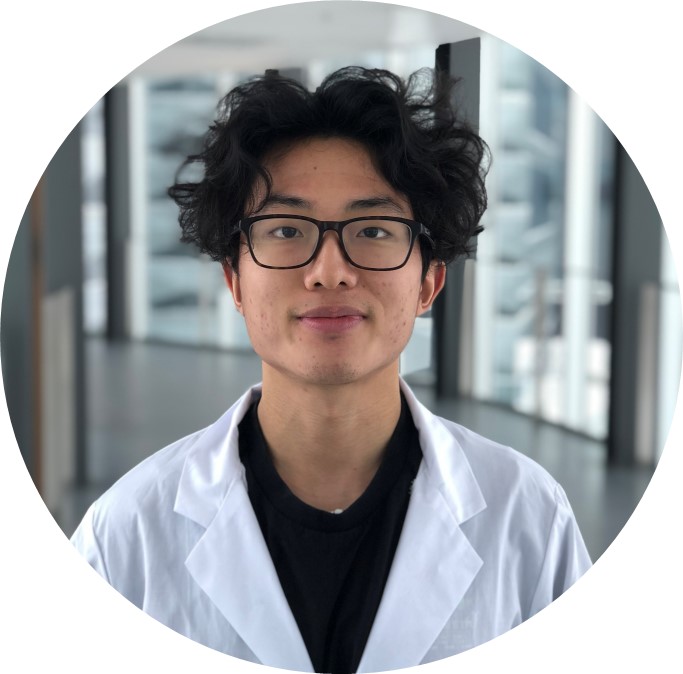
Zhi Kai Chen

Paul Farfan

Darion Stewart
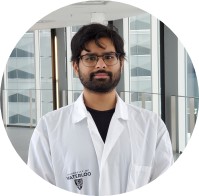
Anissh Vivekanand
Blood Oximeter for In-Ear Oxygen Saturation Monitoring
10
Reflectance oximetry is a non-invasive method for monitoring blood oxygen saturation using light backscattered from arterial blood. Current commercial reflectance oximeters target the wrist but suffer from accuracy issues that arise from motion artifacts, ambient light interference, and improper blood vessel targeting. Our design project implements reflectance oximetry utilizing LEDs and sensors that measures reflected light from the carotid artery for a device that is both accurate and comfortable. The adaptation to an in-ear design reduces the motion and targeting error because it will be immobile.
Consultant: Paul Fieguth